Interview #37: The Art of Elina Ellis
Elina Ellis shares her path to becoming a book illustrator and art instructor
Hello art community :)) May is a particularly long month, which means you get an extra interview! Today's guest is a children's book artist and art instructor who talks about getting started in the industry and how to stay true to yourself by practicing in your sketchbook regularly.
For those just finding me - I’m Madalina, an artist and illustrator who loves discovering and talking to many fellow artists. I now share these conversations through monthly interviews available to read for everyone :)
Elina Ellis is an illustrator, author and educator, originally from Ukraine and currently living in Cambridge. You may have come across one of her lively, fun sketches online. She loves both drawing from references and imagining stories. And she is always playing with different media. In 2017 he won the Macmillan Prize for Illustration for The Truth About Old People, followed by The Truth About Babies. Now let's dig into her artistic process and thoughts!
✿ Hi Elina and thank you for joining forArtists. How would you describe your artistic journey that led you to where you are today?
My journey was anything but straightforward. I was born in Ukraine and loved drawing as a child, but pursuing art as a career seemed completely unrealistic—artists were seen as poor, dysfunctional, and certainly not successful. So, I chose a “sensible” path, earning degrees in economics and translation, and worked various jobs until I turned 30. None of them felt right.
Although I kept drawing privately, I had no formal creative education at the time. Then, quite unexpectedly, a friend overheard a conversation in a hairdresser’s—an author was struggling to find an illustrator. My friend recommended me, and I was offered the chance to illustrate a picture book. I sent a few sketches, and to my surprise, the author loved them and gave me the contract. That was my first official job as an illustrator.
Since then, I’ve illustrated many books, earned an MA in Children’s Book Illustration from Cambridge School of Art, and I now teach illustration myself. It’s been a winding path, but every step brought me closer to the work I was meant to do.
✿ Speaking of your first professional job, what would you have done differently, and what are you most proud of?
Honestly, that project - the one offered by the author my friend met in a hairdresser’s- almost broke me. I had no formal training at the time, no idea how to illustrate a book, or even how to structure one. But I still signed the contract, believing that somehow I’d figure it out.
It took me a year. I taught myself everything - how to use Photoshop, how picture books are built, how to work with different materials. I devoured blog posts, borrowed every book I could find on children’s book illustration, and just kept experimenting. The book wasn’t perfect, of course, but it was the best I could manage at that time.
What I’m most proud of is that I didn’t give up. There were so many moments when I felt like writing to the author and saying, “I’m sorry, I can’t do this. I’m not good enough.” But I never sent that email. Each morning I woke up thinking, Let me try a different way. Let me learn something new. And somehow, I kept going.
In the end, the author asked me to illustrate her next book. Then another. I built a website, started sharing my work, and was eventually noticed by an agent. That first project—full of struggle and self-doubt—became the turning point for everything that followed. I’m proud I stayed with it.
✿ What lessons and skills, on the other hand, would have been difficult to tackle on your own if you had not attended an illustration MA?
I truly believe it’s possible to become a successful illustrator without formal education, especially today. There are so many high-quality online resources available now - you can learn at your own pace and focus on the specific skills you want to develop. So if you don’t have access to a Master’s degree, don’t worry. With self-education, dedication, and regular practice, you absolutely have a chance to succeed.
Speaking from personal experience, the greatest benefit of my Master’s in Illustration wasn’t the technical training - it was the community. Being surrounded by other creative people, sharing ideas, seeing different approaches, and learning from each other. That kind of environment is incredibly enriching and hard to replicate on your own. But when it comes to skills, most of them can be learned outside of formal education through online courses, workshops, or art clubs.
✿ What is for you the most fun and the most challenging part of illustrating a book?
Every part of illustrating a book can be both fun and challenging - it really depends on the project. Each one feels like a new story, full of experiments, fresh ideas, and unexpected turns. It’s exhilarating and terrifying all at once.
Sometimes I struggle with a character, or a tricky scene, or getting the pacing and composition just right. Other times, the work flows effortlessly and I’m completely immersed in the joy of it. You never quite know what each day will bring. Every project is a new adventure, and that’s exactly why I love this job. No two days are ever the same.
✿ You’ve created an educational platform, Indigo Bee Academy, together with Tatiana Laveka. How did you come up with the idea, and what are your goals and upcoming projects?
After 15 years of working in illustration and publishing, I realised how much knowledge I’d gathered and how hard it was to find the right information when I was starting out. I wanted to create a platform that would save others time, energy, and frustration by offering everything they need in one thoughtful, supportive space.
That’s how Indigo Bee Academy was born. It’s an inclusive, international community where we offer courses, masterclasses, and free creative marathons. But more importantly, it’s built on kindness, encouragement, and the belief that creativity should be accessible to everyone, regardless of background, age, or ability.
✿ I really love your sketchbook drawings. They’re so fresh and lively! It looks like you had a lot of fun making them. How do you instill the same spontaneity in your client work?
Honestly, I think that spontaneity just comes from my character - it’s simply the way I draw, whether it’s a quick sketch, an observational study, or a finished picture book illustration. It’s part of my style.
My sketchbooks feel fresh and lively because I draw fast and don’t overthink. I let my hand lead the way and try to stay out of its way. I treat my sketchbook as a space for freedom - no pressure, no expectations. It’s not meant to be polished or beautiful. It’s where I play, make mistakes, be silly, and simply enjoy the process. And I think that mindset naturally spills over into the rest of my work.
✿ Do you have a sketchbook routine, and how many sketchbooks do you keep at a time?
I don’t really follow a routine. I draw in my sketchbooks whenever I have time or feel like it. I always have several on the go at once, each with a different purpose. For example, I usually start a new sketchbook for every book I’m working on, especially if I’m both the author and illustrator. That’s where I develop the story visually.
I also keep sketchbooks for travel, for observational drawings, figure studies, material tests - you name it. They come in different sizes and formats, and each one has its own mood and purpose. I love them all and treat them as creative playgrounds rather than something that needs to be perfect.
✿ You work in a variety of media, but which ones do you repurchase most often?
Honestly, I don’t repurchase things very often - I’ve accumulated so many materials over the years, it’ll take me ages to use them all. But there are a few favorites I reach for all the time.
I love Caran d’Ache Neocolor Aquarelle crayons - they’re a joy to use daily. I also rely on brush pens, ink pens, and colored pencils like Faber-Castell Polychromos, though I mix brands often. I’m a big fan of oil pastels too - especially Sennelier, Daler Rowney, and Van Gogh - which I use with mineral spirits to create a technique I’ve shared quite a bit on Instagram. People often comment on how unusual and effective it looks.
Lately, I’ve been enjoying the Derwent Graphitone pencil - it’s water-soluble, doesn’t smudge, and has a beautifully expressive quality. That’s just a few… but really, I have far too many favorites to name!
✿ What are your main inspirations?
Life itself is my greatest inspiration. I’m constantly observing - people, nature, moods, gestures, colors, sounds. I love people. I love literature, poetry, music, the natural world. Everything I experience gets filtered through me and somehow turns into drawings.
It’s not one specific thing. It’s the whole fabric of everyday life that feeds my creativity.
✿ You talk a lot about books on your socials. If you could name just five books that have really helped you on an artistic or personal level, what would they be?
It’s incredibly hard to name just five - every book I read leaves some kind of mark. But if I had to choose:
Big Magic by Elizabeth Gilbert – a beautiful, honest exploration of creative living.
The Practice: Shipping Creative Work by Seth Godin – practical, motivating, and full of wisdom.
A Velocity of Being: Letters to a Young Reader edited by Maria Popova and Claudia Bedrick – an absolutely stunning celebration of reading. It’s one of the most inspiring books in my collection.
Children’s Picturebooks: The Art of Visual Storytelling by Martin Salisbury and Morag Styles – a brilliant deep dive into the craft that continues to shape my work.
And finally, the trilogy by Austin Kleon: Show Your Work, Keep Going, and Steal Like an Artist - short, sharp, and full of creative truth.
☆☆ Learn more about Elina's work on her website and Instagram.
Subscribe to forARTISTS
* Some of these links are affiliate links, but they have no effect on prices or reviews!





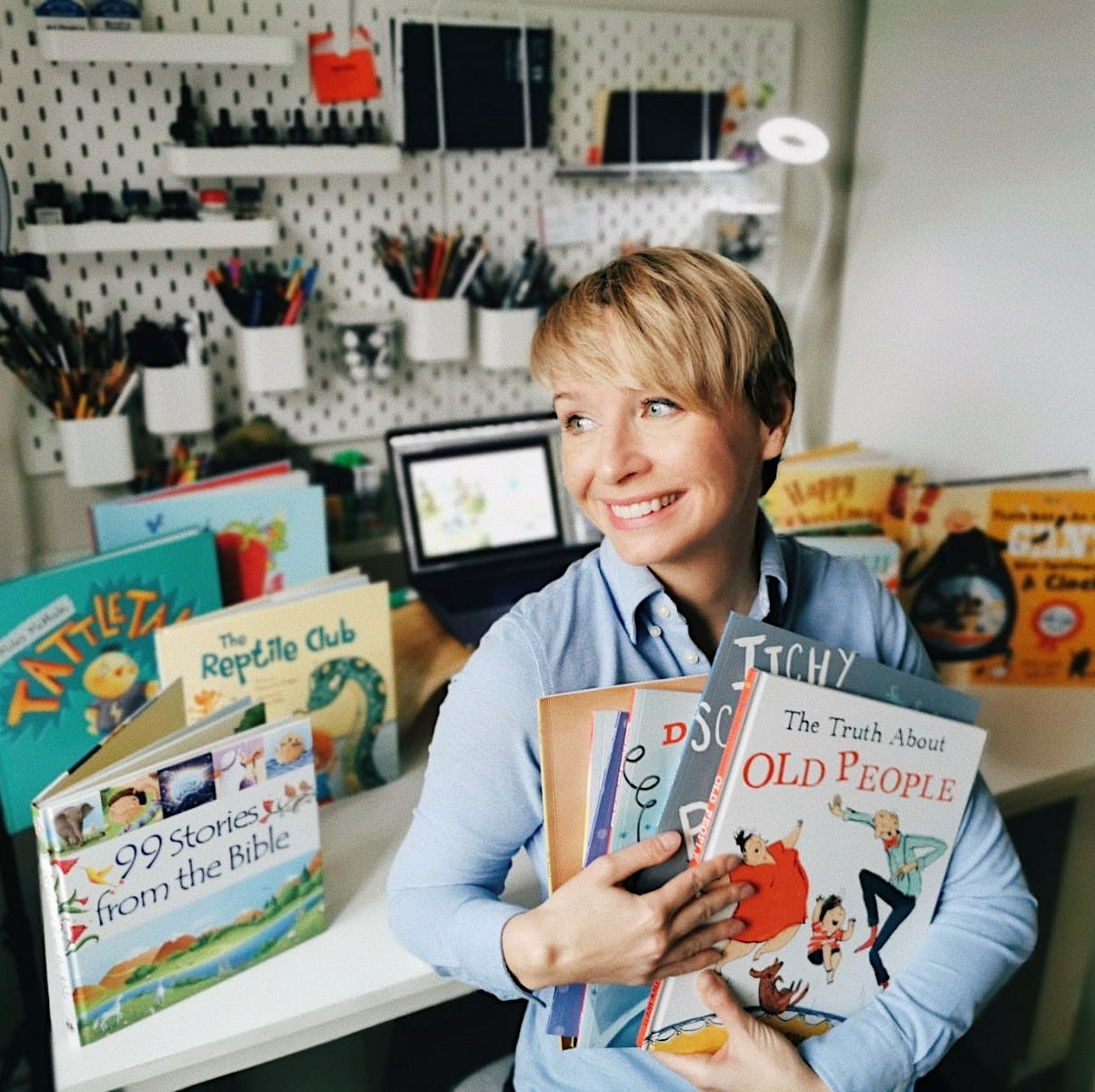
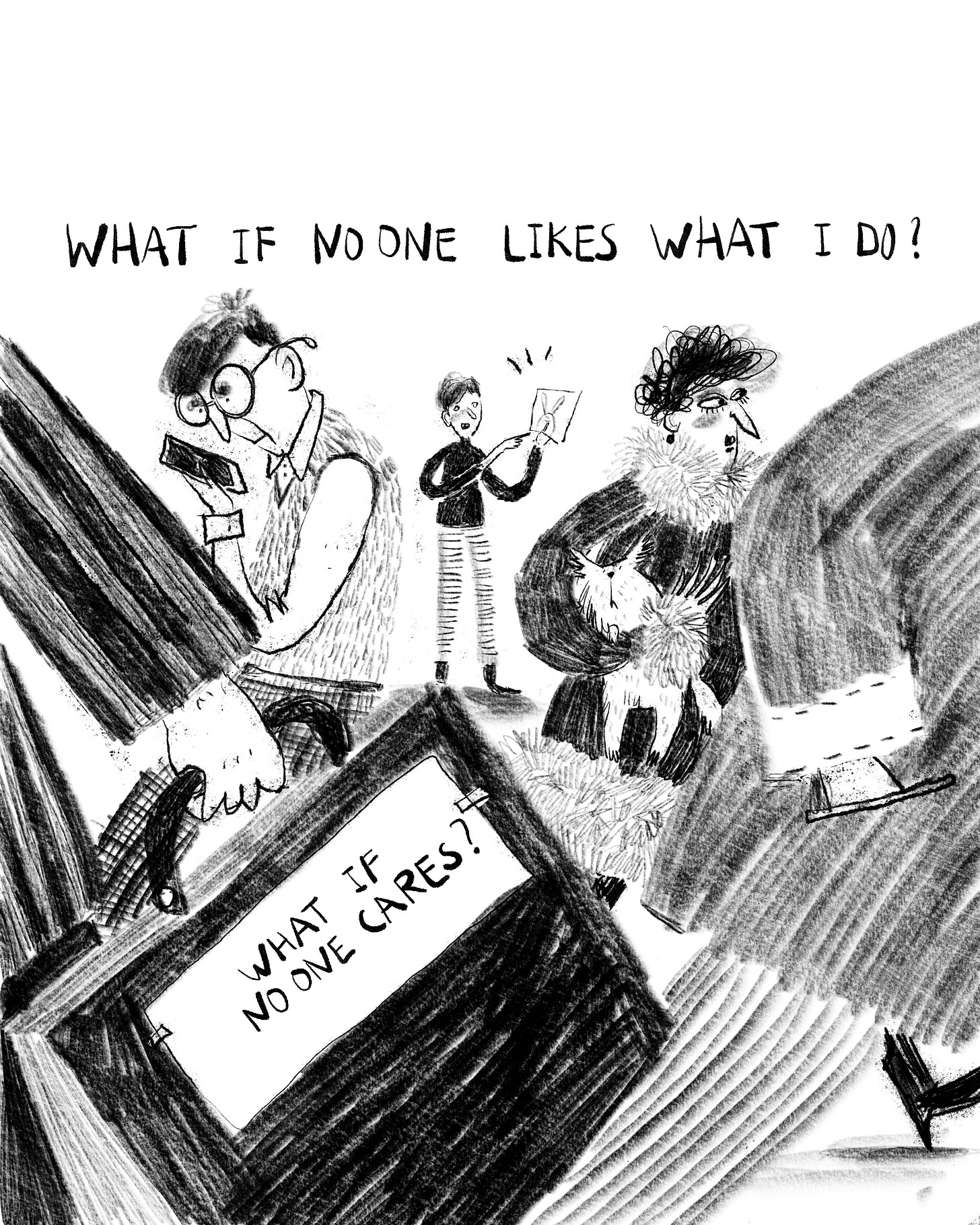
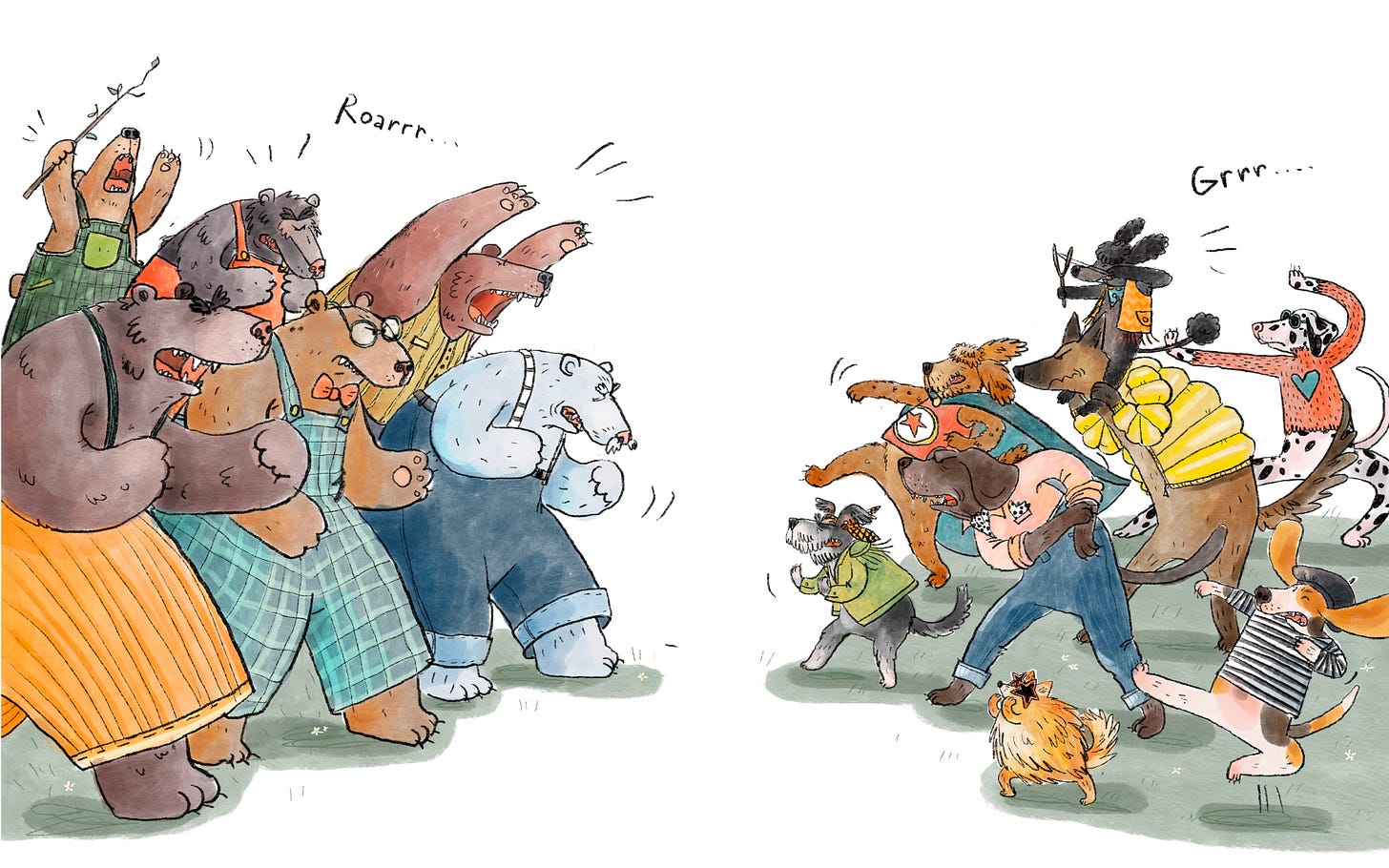

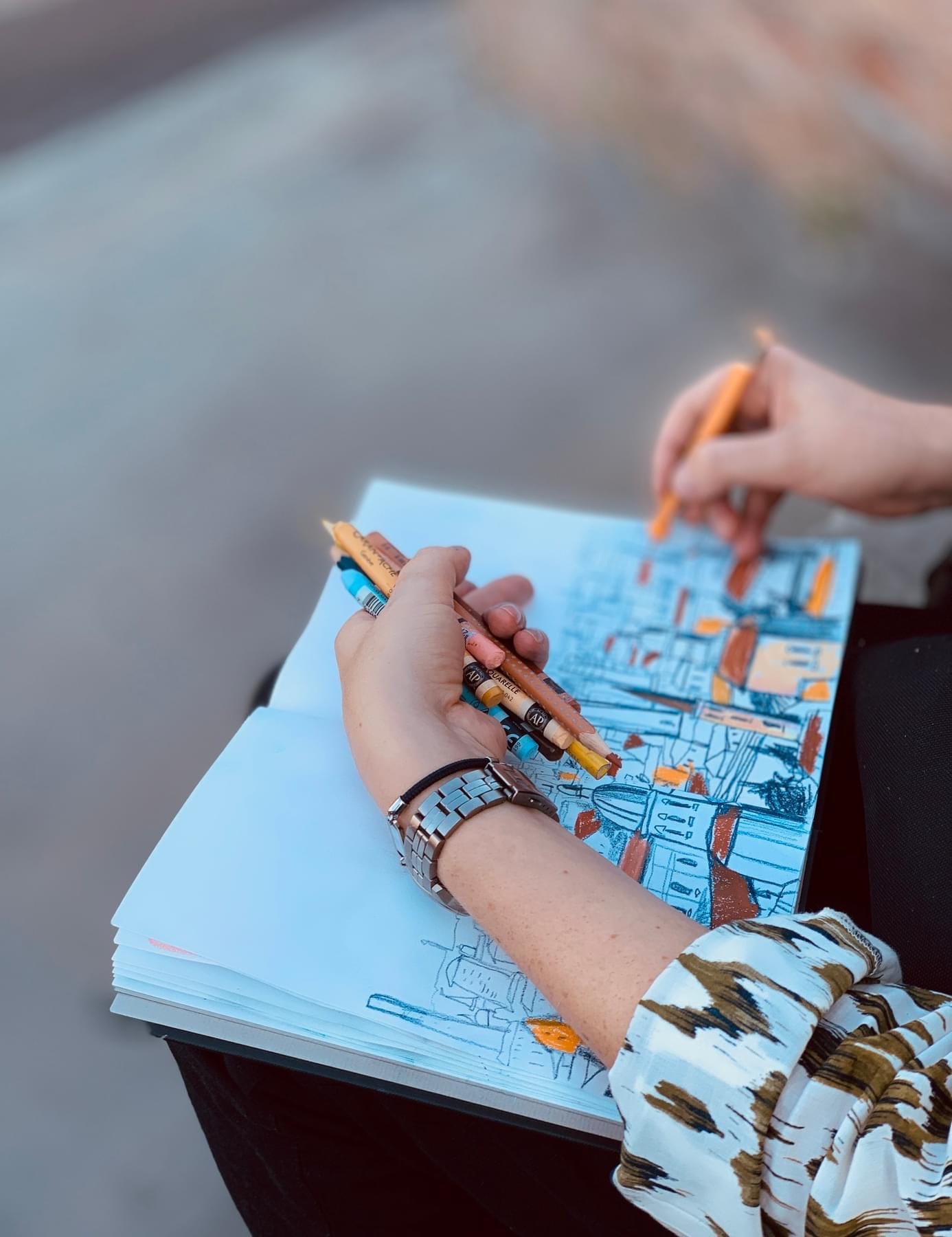

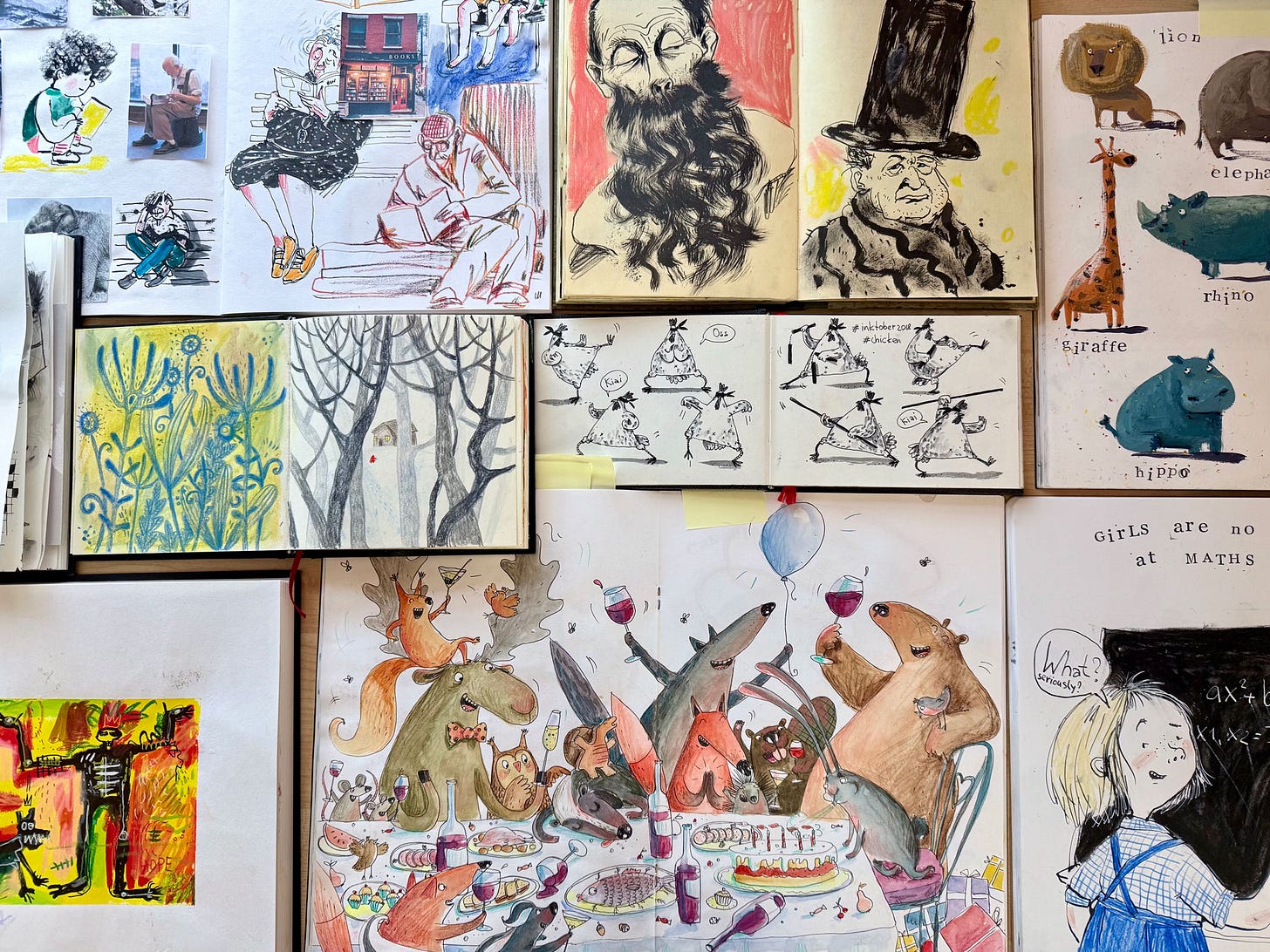
Elina is so inspiring. It is never too late to follow your passion....